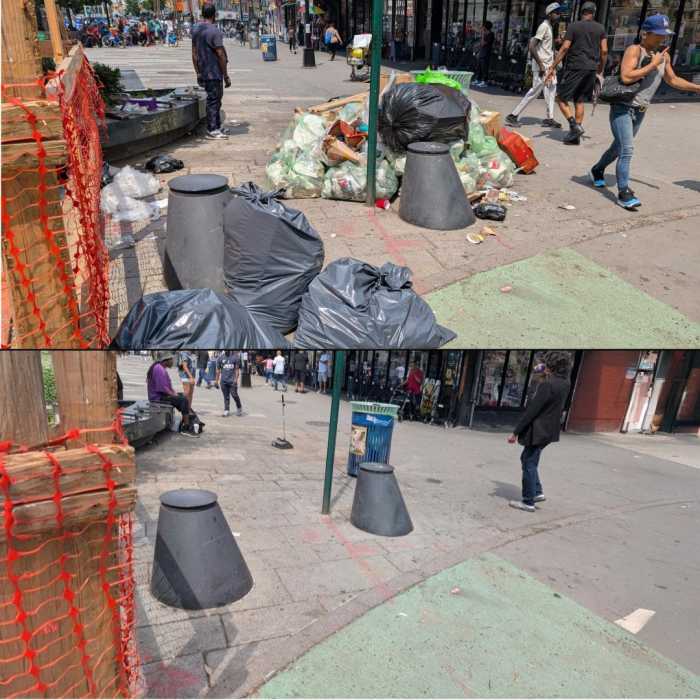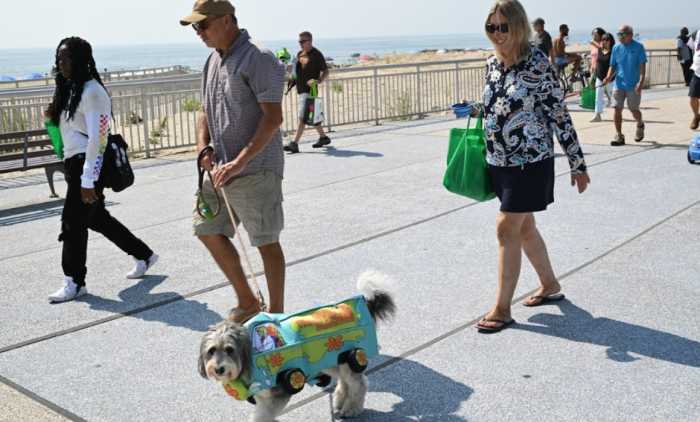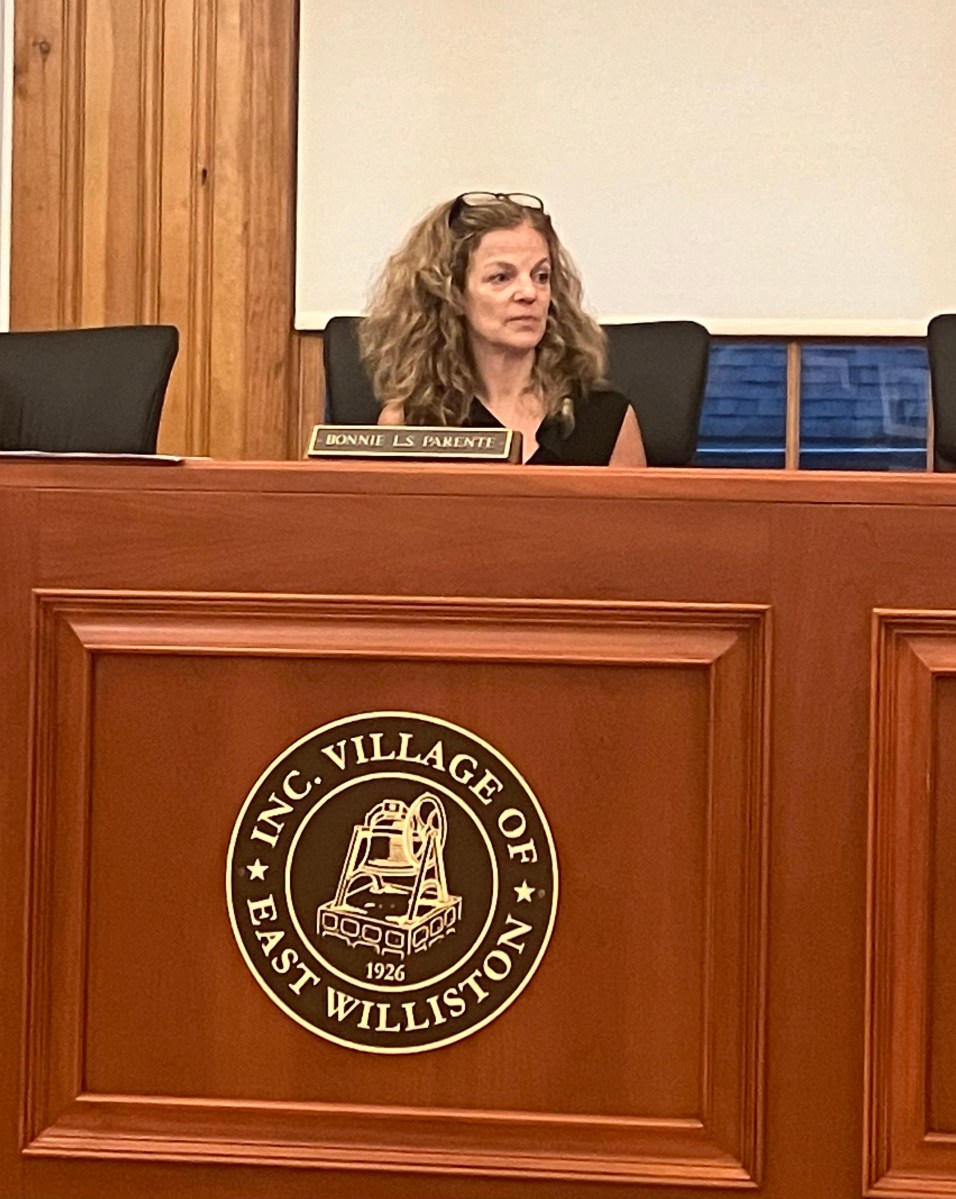An exhibition of billboards, video recordings, an interactive virtual museum and a number of other paraphernalia have triggered emotions of visitors and are likely to do so in many others who attend this display at the Barbados Museum and Historical Society (BMHS).
Titled ‘Enigma of Arrival’, taken from the name of a book written by, VS Naipaul, someone who went to England on scholarship and settled there during the time of the Windrush Generation arrivals.
The ‘Windrush Generation’ comprises mainly thousands of Barbadians, Jamaicans, and persons of Trinidad and Tobago who responded to a British call to emigrate between 1948 and 1971 to that colonial home country and assist in rebuilding it from devastation suffered from the so-called World War II.
Experiences of the Windrush Generation and their descendants ranged with the disappointment on arrival in the UK to find themselves unwelcome mainly for racial reasons, then to later discover that despite their, contribution to national development, the right to citizenship that they thought was automatic was being denied — an issue, including deportation, that an untold number of these Caribbean continue to deal with up to this day.
For this reason, the exhibition can be described as a moving living display of Caribbean life involvement in the UK.
BMHS Education and Community Outreach Officer, Kaye Hall said “this exhibit was conceptualised as an exploration of a missing part of our history. We covered things like slavery quite well, not so much migration to Britain and history outside Barbados as it affects Barbadians.”
She added that Naipaul’s book title, which some suspect was an autobiography, was borrowed because he, “was one of the most conflicted people with regards to the migratory experience, a Caribbean person and who identifies as a British person as well, [which he]. encapsulates not just in his writing but his personal life, that internal conflict between feeling a part of the British Empire and then arriving in Britain and discovering that the English people do not consider you to be part of the British empire as you considered yourself to be.”
The display began in June and runs until Nov. 30.
Among those featured is a person who as a youngster represented three different English clubs playing on Wednesdays, Saturdays and Sundays, then he played in the Lancashire League, for 19 years.
He also conducted cricket coaching clinics at several places, including Nottingham High School and Merchant Taylor’s School. Schools in Scotland have also benefitted from his skills when playing for the club Greenock, which he also represented at the National Level.
He is Barbados born Cuthbert Gordon Greenidge, who like many Caribbean families in the late 50’s and 60’s migrated to the UK.
He never played for England but represented his beloved West Indies for whom he scored seven of his international 19 centuries against the same England, including two double centuries.
But Greenidge’s name features for his contribution to English club cricket development in a ‘Windrush Generation’ exhibition at the Barbados Museum and Historical Society titled ‘The Enigma of Arrival.’
Greenidge’s name was selected for this report from one of the exhibits featuring 74 regional persons with outstanding contributions to English and society, of which 13 are Barbadians.
Introduction to this exhibit reads in part: “Whether they be original Windrush migrants or the children of those migrants, Caribbean people had an immediate impact on every part of British society for politics to policing, from art, music and culture to television, entertainment and journalism. West Indians have shaped British society and have themselves been shaped by it.”
Among the notable Barbadians in this particular aspect of the exhibit, titled ‘Caribbean Impact’ along with Gordon Greenidge are Dr Trevor Hall, Dr. Aaron Haynes, John Holder, Paul Ince, Dr. Nola Ishmael, George Lamming, Sir (Oshely) Roy Marshall, Dr. Wayne Marshall, Samuel Springer, Sir Michael Stoute, Professor Sir Kenneth Stuart, Willis Wilkie, and Bishop Wilfred Wood.
So touching has been the exhibits that Windrusher descendant and Minister of Creative Economy, Culture and Sports, John King, became visibly emotional at it’s opening.
Among the exhibition’s interactive features is a touch-screen computer, virtual museum, enabling Windrushers or their descendants to write their stories.
The virtual museum has contributions by a number of Barbadians along with other Caribbean persons who visited the BMHS, Garrison.
Natalie Batson, Curator for social history and engagement, said, “there is a lot of information to take in at this exhibition but there are also ways that you can contribute so it’s a growing exhibition”.
She said that visitors are welcome to submit their story on migration, and add to that any outstanding impact they made as Caribbean persons.
“It is not about coming and told information but a space to share experiences”


























